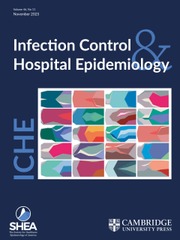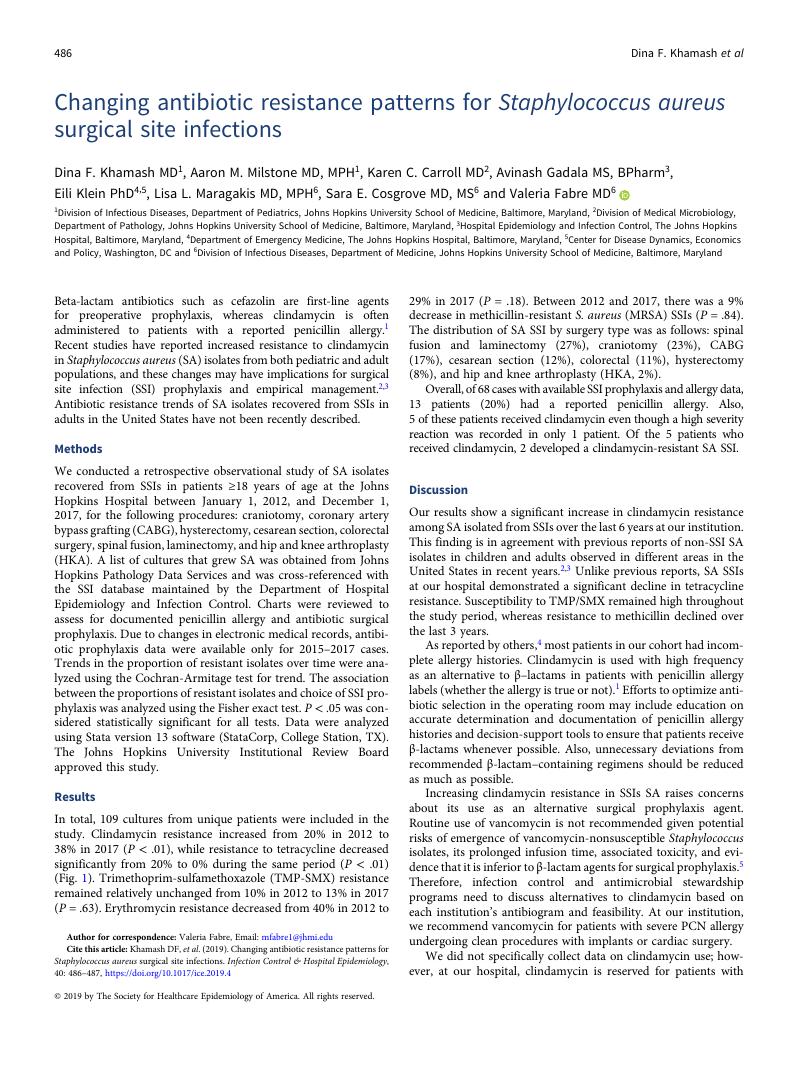Crossref Citations
This article has been cited by the following publications. This list is generated based on data provided by Crossref.
Sunshine, Wendy Lyons
2020.
Perioperative Antibiotics and Infection Prevention: Demystifying Penicillin Allergies.
AORN Journal,
Vol. 111,
Issue. 5,
p.
491.
Maisat, Wiriya
Bermudez, Marie
and
Yuki, Koichi
2022.
Use of clindamycin as an alternative antibiotic prophylaxis.
Perioperative Care and Operating Room Management,
Vol. 28,
Issue. ,
p.
100278.
De Luca, Joseph Francis
Vogrin, Sara
Holmes, Natasha Elizabeth
Reynolds, Gemma Kate
Waldron, Jamie Lee
Cox, Fionnuala
Nazareth, Justin
Guha, Ranjan
Douglas, Ned
Hardidge, Andrew
Peel, Trisha Nicole
Douglass, Jo Anne
Johnson, Douglas Forsyth
and
Trubiano, Jason Anthony
2025.
Perioperative Penicillin and Cephalosporin Antibiotic Allergy Assessment and Testing.
JAMA Surgery,
Vol. 160,
Issue. 5,
p.
518.


